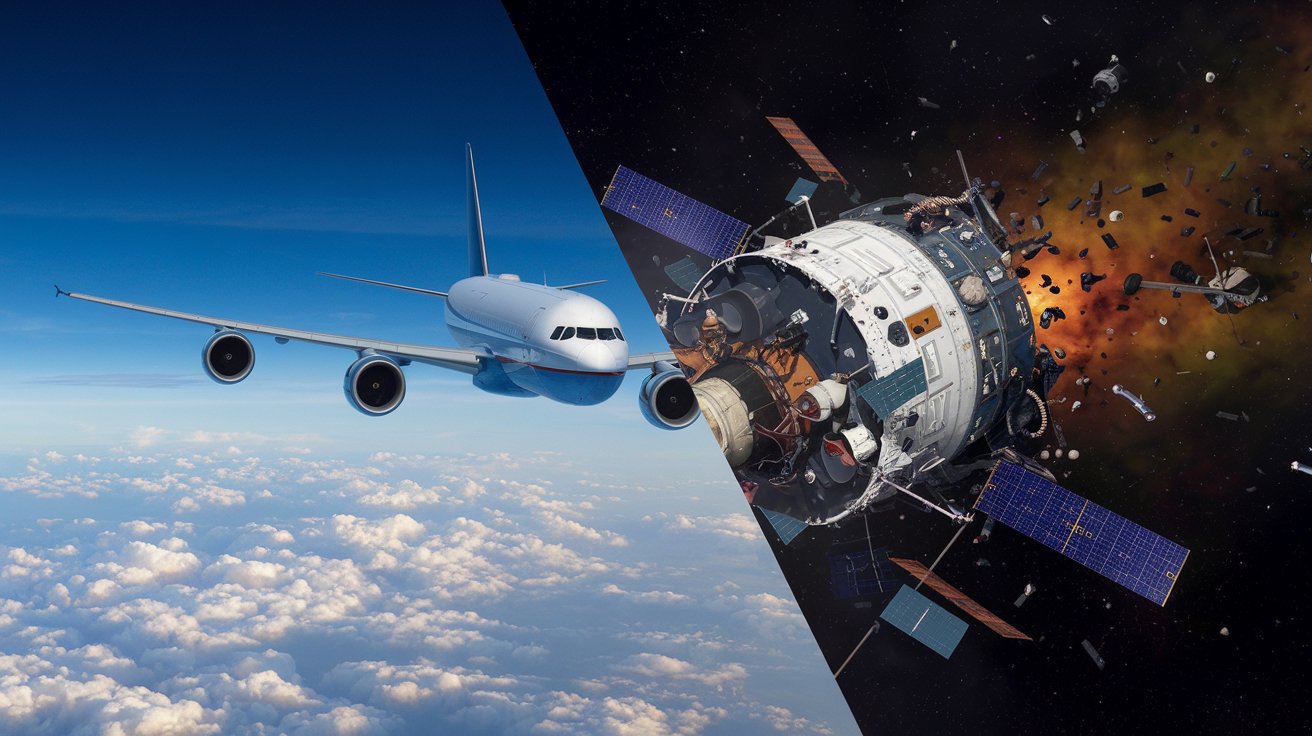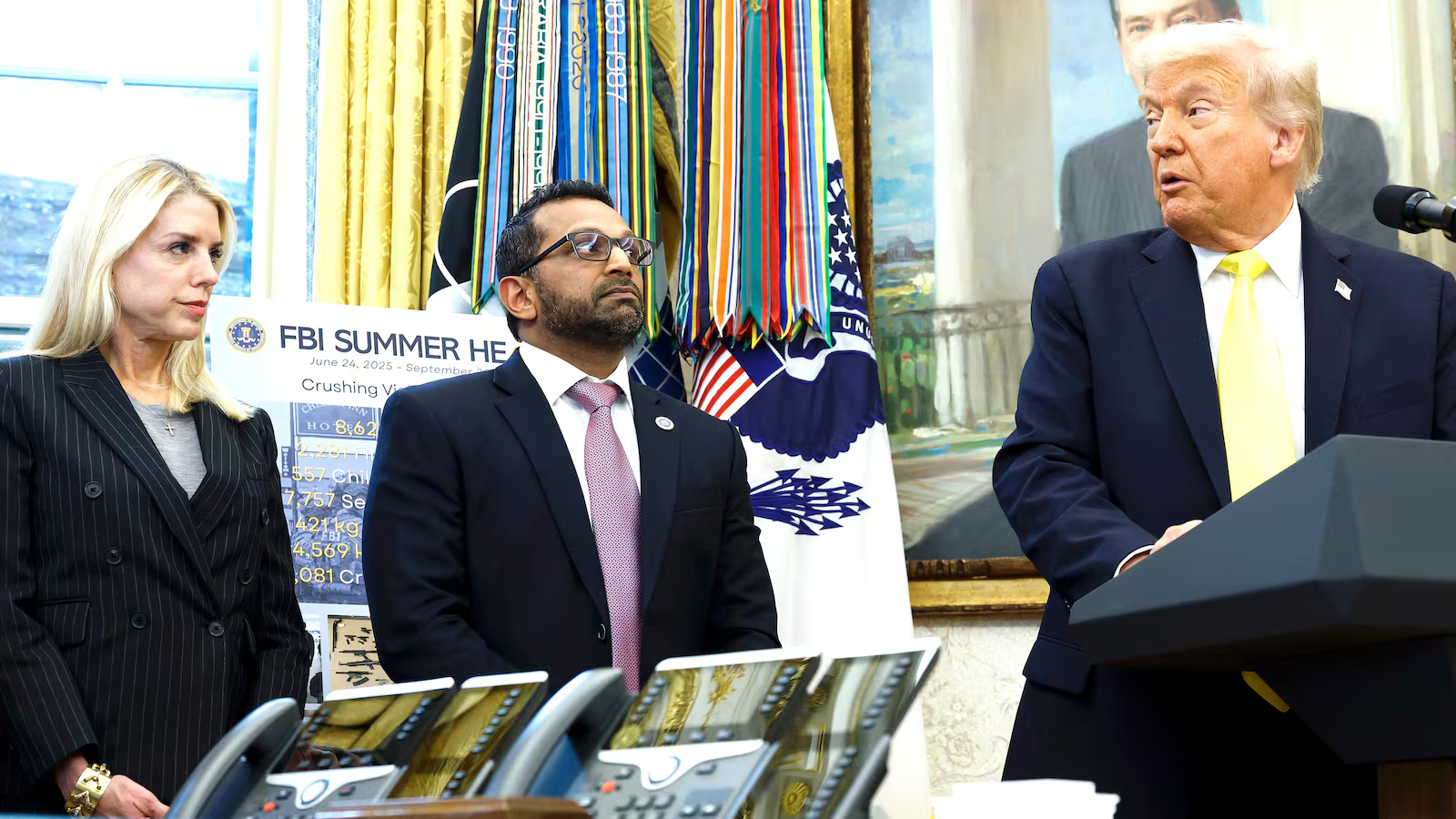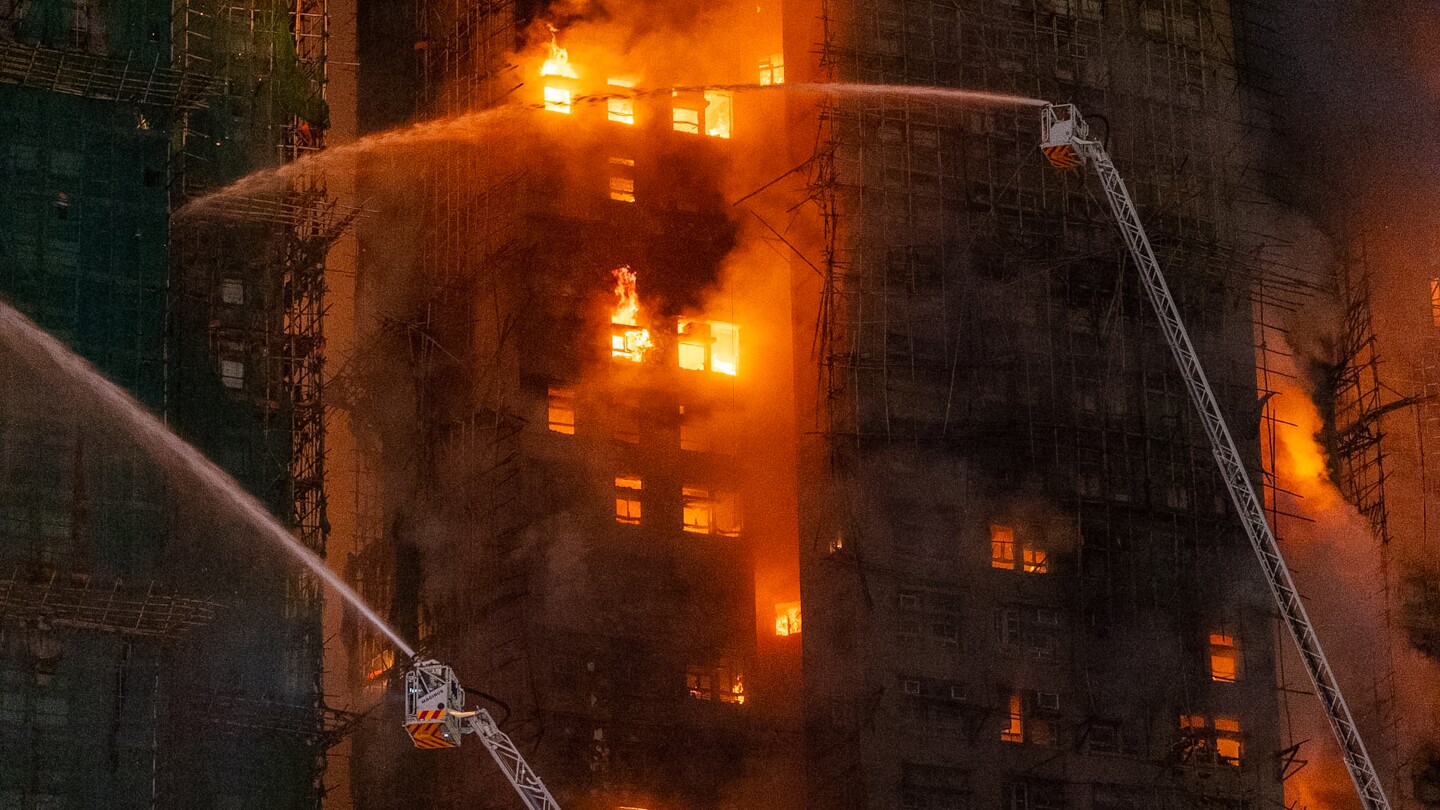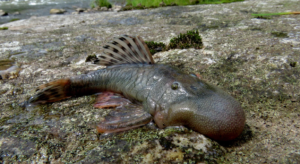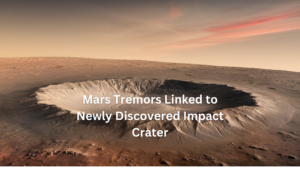Increasing Danger of Space Junk Collisions with Airplanes
The rapid commercialization of space and the subsequent increase in satellite launches have led to an alarming rise in space debris, commonly referred to as “space junk.” As the atmosphere becomes a graveyard of defunct satellites and fragments from prior missions, the potential risks extend beyond the cosmos. One particularly pressing concern is the chance that this debris could collide with commercial airliners during flight. This blog post delves into this burgeoning issue and what it means for air travel and safety.
Table of Contents
Understanding Space Junk
Before addressing the impacts on aviation, it’s essential to understand what space junk is. Space debris consists of various objects orbiting Earth, including:
- Defunct satellites
- Rocket stages
- Bits of metal from previous space missions
- Old tools and equipment accidentally released by astronauts
According to NASA, as of 2021, there were approximately 27,000 pieces of space debris larger than a softball in orbit. The increasing density of this material not only poses a threat to spacecraft but, as recent discussions suggest, also to commercial aviation.
Why is Space Junk a Concern for Airplanes?
While the likelihood of a direct collision between space debris and commercial airplanes is minimal, the implications remain significant. There are several factors that exacerbate this risk:
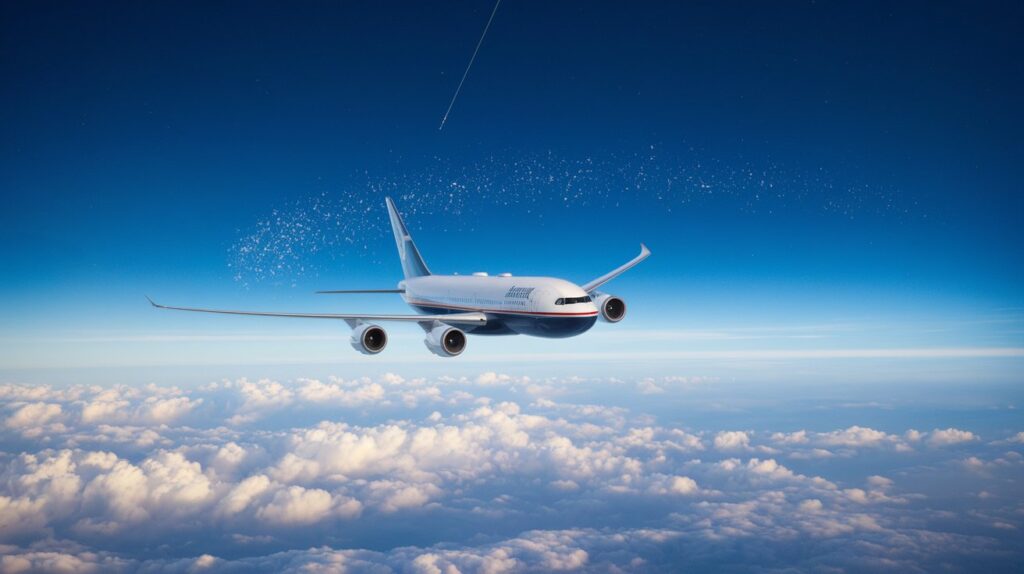
- Altitude Overlap: Most commercial airliners cruise at altitudes between 30,000 and 40,000 feet, overlapping with the orbits of low-Earth satellites and debris.
- Increased Space Traffic: As more satellites are launched, the probability of collisions in space rises, which can send fragments hurtling toward Earth.
- Inadequate Tracking: Current systems may not effectively track smaller pieces of debris that could still pose a risk to low-flying aircraft.
The Current State of Air Travel and Space Safety
Despite these concerns, it’s important to keep perspective regarding the actual risk levels. The statistical probability of aircraft encountering space debris has been described as extremely low. However, with a growing number of satellites, the need for vigilance is imperative. Here are some critical points to consider:
- Historical Context: The first recorded incident of space debris impacting an aircraft occurred in 1997 when a fragment of a Russian rocket fell into the Pacific Ocean and came close to a commercial flight.
- NASA’s Estimates: A NASA report indicated that the chance of an airplane being struck by space junk on any given flight is approximately 1 in 1.6 million, a figure that emphasizes the rarity of such an event.
The Growing Concern of Increased Debris
While the risk is still statistically low, several trends suggest that the situation could change:
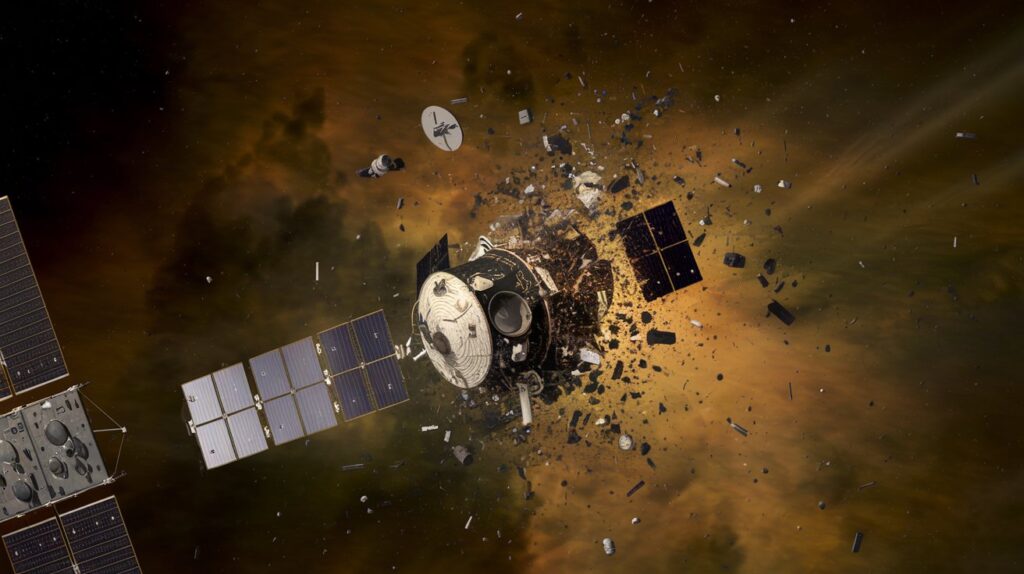
- Exploding Satellite Growth: The increase in CubeSats and various satellite constellations (like Starlink) has led to concerns about how these could impact the debris situation.
- Collision Risk: As satellite launches become more frequent, the chances of two objects colliding in space—potentially creating debris clouds—could rise sharply.
- Regulatory Challenges: The framework governing the management and mitigation of space debris is still evolving, and more stringent regulations may be needed to combat this escalating risk.
Potential Solutions and Preventive Measures
In light of the increasing volume of space junk and its implications for aviation safety, several solutions are in the process of being explored:
- Better Tracking Systems: Enhancements in tracking technology to monitor even small pieces of debris are critical for foreseeing possible risks to aircraft.
- Collision Avoidance Protocols: Developing new protocols for air traffic control that include information on potential debris could help pilots make informed decisions.
- Global Collaboration: Countries and space organizations must work together to create international agreements aimed at reducing space debris and enhancing safety.
What Aviation Stakeholders Can Do
For airlines, aviators, and regulatory bodies, understanding and preparing for the potential threats posed by space debris should be a priority. Here’s how these stakeholders can contribute:
- Raising Awareness: Ensuring that all stakeholders are aware of the potential risks and solutions regarding space debris can promote proactive measures.
- Investment in Technology: Investing in advanced tracking and communication systems to foresee potential dangers from space junk is essential.
- Adapting Compliance Standards: Incorporating clearer compliance standards for air travel and space exploration will create a safer environment for both aircraft and satellites.
The Future of Air Travel in a World with Space Junk
As our technological capabilities expand, the boundary between air travel and space continues to blur. While the risk of space junk hitting an aircraft remains relatively low, growing calls for action and regulation cannot be ignored. Industries must collaborate to counter the dangers posed by debris falling from orbit. The aviation and aerospace sectors must adopt a forward-thinking approach to ensure that continued growth and safety go hand-in-hand.
The reality of space junk is one that involves careful consideration, proactive measures, and innovative solutions. Through prioritizing safety and collaboration, we can navigate this new chapter of air travel without jeopardizing the safety of those who rely on it. [USnewsSphere.com]
-
FBI’s Scramble to Redact Epstein Files: What We Know So Far, and Why Transparency Still Remains Elusive
Sharing articles Facebook Twitter Pinterest LinkedIn Ever since the first public batch of the “Epstein files” was released, the Federal Bureau of Investigation (FBI) has been scrambling to scrub documents — redacting high-profile names, purging sensitive details, and even reassigning agents away from national security work to redaction duty. But even with the newly passed…
-
Leaked Call Exposes How Putin’s Allies Coached Trump Envoy
Leaked Call Exposes How Putin’s Allies Coached Trump Envoy In a startling development, recently published transcripts reveal that top aides to Vladimir Putin reportedly received coaching from Steve Witkoff — an envoy of Donald Trump — on how to frame a Ukraine peace proposal to win Trump over. What the Leak Shows: The Key Conversation…
-
Hong Kong High-Rise Fire Tragedy: 44 Dead, Hundreds Missing
Hong Kong High-Rise Fire Ravages Tai Po Estate, 44 Dead and Hundreds Missing A catastrophic fire tore through a high-rise housing complex in the Tai Po district of Hong Kong on November 26, 2025, leaving at least 44 people dead and hundreds unaccounted for as rescue efforts continue. The blaze — declared a Level 5…


